A Review of The Lion of Cairo, by Scott Oden
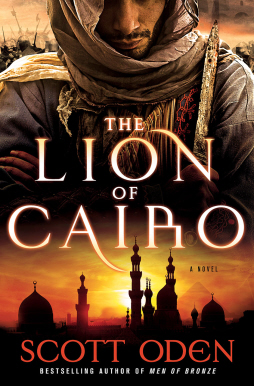 The Lion of Cairo, by Scott Oden
The Lion of Cairo, by Scott Oden
Thomas Dunne Books (384 pages, $25.99, December 7, 2010)
I think it’s totally cool that the dedication page of Scott Oden’s forthcoming novel The Lion of Cairo (U.S. publication date Dec. 7) pays homage to a sword and sorcery legend:
To Robert E. Howard
whose tales of swordplay and sorcery
gave inspiration to a kid from Alabama
and caused him to take up the pen
in his own time
After the Howard name-drop you pretty much know what you’re in for: Pulse-pounding sword play, leagues of warring assassins, political intrigue, a hint of evil sorcery, and the clash of armies on a grand stage. On all these elements Oden delivers.
Though inspired by the man from Cross Plains, The Lion of Cairo is no slavish imitation of Howard. The work — book one of the Emir of the Knife trilogy — shares just as much or more in common with Harold Lamb’s Swords from the East or Steven Pressfield’s historical fiction than REH’s tales of the Hyborian Age. Cairo’s main character, the assassin Assad, is more Pale Rider than muscular Cimmerian. He’s a dude you don’t want to tangle with: Deadly with a blade instead of a six-gun; not cocky but quietly confident in his abilities; single-minded of purpose; a stone-cold killer. Though he’s an assassin Oden successfully manages to portray him as sympathetic, a killer we can get behind. It’s a pretty nifty bit of characterization.

 The Outlaws of Sherwood, by Robin McKinley
The Outlaws of Sherwood, by Robin McKinley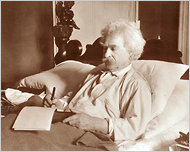 So in this Kindelized, iPadded and Nooked age of reading trivialized by celebrity tell-it-alls, self-help elevation and political numbwits (though excerpts from the book demonstrate that things were just as bad in Twain’s era as ours, except ours is perhaps a little worse thanks to the Internet and cable TV), Mark Twain’s physical opus is this season’s Christmas holiday hit, surpassing even that of Keith Richards.
So in this Kindelized, iPadded and Nooked age of reading trivialized by celebrity tell-it-alls, self-help elevation and political numbwits (though excerpts from the book demonstrate that things were just as bad in Twain’s era as ours, except ours is perhaps a little worse thanks to the Internet and cable TV), Mark Twain’s physical opus is this season’s Christmas holiday hit, surpassing even that of Keith Richards.
 Hi! My name’s Amal! We’ve never met. Well, unless we have. But most likely we haven’t, because I’ve never blogged here before, even though Ms. Claire Rides-the-Lightning Cooney has
Hi! My name’s Amal! We’ve never met. Well, unless we have. But most likely we haven’t, because I’ve never blogged here before, even though Ms. Claire Rides-the-Lightning Cooney has 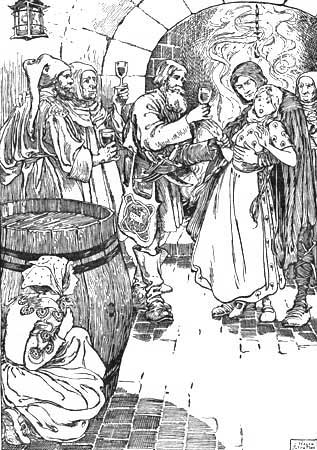 (I passed the 50,000-word mark in
(I passed the 50,000-word mark in 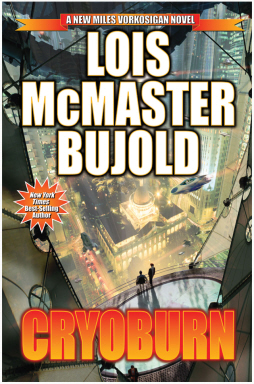
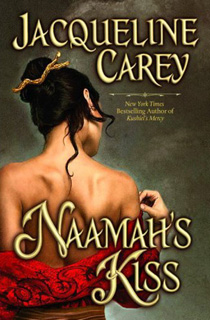
 I believe everyone has something that unnerves them, which is not in your typical things-that-are-scary category. We’ve already agreed that clowns and little kids with blank stares rank high on the creepy index, but there are other more benign items that cause the hair on the back of our necks to stand up, mainly because they exist on the outside of the everyday.
I believe everyone has something that unnerves them, which is not in your typical things-that-are-scary category. We’ve already agreed that clowns and little kids with blank stares rank high on the creepy index, but there are other more benign items that cause the hair on the back of our necks to stand up, mainly because they exist on the outside of the everyday.